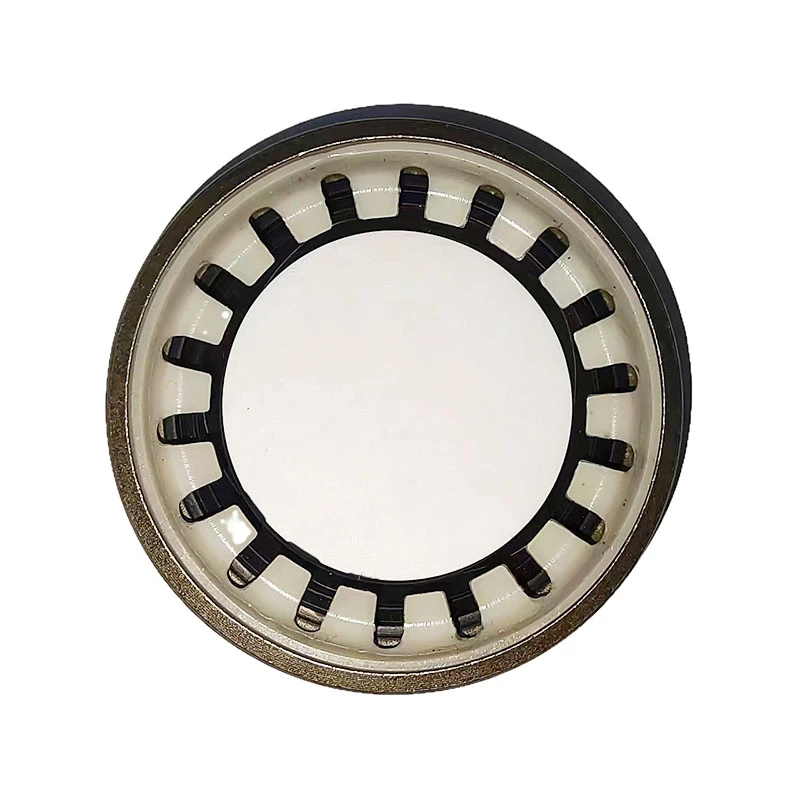housing gasket leaking
Understanding Housing Gasket Leaking Causes, Symptoms, and Solutions
Housing gasket leaking is a common issue faced by many vehicle owners. The gasket plays a crucial role in the engine's performance, sealing the joints between various components to prevent oil and coolant leaks. However, with time and use, these gaskets can degrade, leading to potential problems that may not only affect your engine's efficiency but can also lead to costly repairs if not addressed promptly.
Causes of Housing Gasket Leaks
Several factors contribute to housing gasket leaks. One of the primary causes is the natural wear and tear that occurs over time. Gaskets are made from materials that can deteriorate due to heat, pressure, and exposure to various fluids. As the gasket ages, it can become brittle or compress, leading to inadequate sealing.
Another contributing factor is improper installation. If a gasket is not fitted correctly, it may not adhere properly to the surfaces it is meant to seal. This misalignment can create gaps that allow fluids to escape. Additionally, using the wrong type of gasket for a specific application can also lead to leaks. Therefore, ensuring the right specifications and installation procedures are followed is essential.
Environmental factors can also play a role in gasket deterioration. Exposure to extreme temperatures, chemicals, and contaminants can accelerate the degradation of gasket materials. Moreover, frequent short trips that don’t allow the engine to reach optimal operating temperature can contribute to the gasket's failure, as the material does not have a chance to expand and contract evenly.
Symptoms of a Leaking Housing Gasket
housing gasket leaking

Identifying a leaking housing gasket early can save you from more significant issues down the line
. Some common symptoms include1. Fluid Puddles One of the most visible signs is the presence of oil or coolant puddles under the vehicle. If you notice fluid pooling in your garage or driveway, it is crucial to investigate the source. 2. Overheating Engine A leaking coolant gasket can lead to a drop in coolant levels, resulting in engine overheating. Be vigilant for temperature gauge fluctuations or warning lights on your dashboard. 3. Low Fluid Levels Regularly checking your oil and coolant levels can help you spot problems. If you find that you frequently need to top off these fluids, it could indicate a leak. 4. White Smoke If coolant is leaking into the engine, it can produce white smoke from the exhaust. This can be a clear indication that there’s a problem with your head gasket or housing gasket.
Solutions to Housing Gasket Leaks
If you suspect a housing gasket leak, it is essential to act quickly to prevent further damage. The first step is to identify the exact source of the leak. A mechanic may conduct pressure tests or use dye to trace the leak accurately. Once the source is identified, the appropriate action can be taken, which may include
- Gasket Replacement The most effective long-term solution is usually to replace the worn or damaged gasket. Ensure the new gasket is manufactured from high-quality materials suited for your vehicle's engine specifications. - Sealants While not a permanent fix, certain sealants can temporarily stop leaks. This can serve as a quick solution while you arrange for a more formal repair.
- Regular Maintenance To prevent future leaks, engage in routine vehicle maintenance. Regularly check fluid levels and inspect gaskets for signs of wear and tear.
In conclusion, housing gasket leaking is an issue that should not be ignored. By being aware of the causes and symptoms, and by taking timely action, vehicle owners can maintain engine efficiency and prolong the vehicle's lifespan. Regular inspections and prompt repairs will not only save money but also ensure a safe and enjoyable driving experience.
-
Understanding the Front Main Engine Seal: Purpose, Maintenance, and Installation
News Jul.29,2025
-
Understanding O-Rings and Seal Rings: Types, Applications, and Custom Solutions
News Jul.29,2025
-
Understanding Crankshaft Oil Seals: Rear Seals, Pulley Seals, and Their Role in Engine Integrity
News Jul.29,2025
-
The Importance of Front and Rear Crankshaft Seals in Engine Performance and Oil Management
News Jul.29,2025
-
Crank Oil Seals: Functions, Types, and Cost Considerations in Engine Maintenance
News Jul.29,2025
-
A Comprehensive Guide to O-Rings and Seals: Types, Materials, and Global Applications
News Jul.29,2025
-
Mastering Diesel and Performance Engine Maintenance: A Guide to Critical Oil Gaskets
News Jul.28,2025
Products categories















